Happy vernal equinox! The vernal equinox is another name for the first day of spring. In 2024, it falls on March 19. The sun takes a full year to orbit the sun. As it does, it rotates on its tilted axis so that the length of each day changes a little bit. There are two equinoxes each year, the vernal and the autumnal equinox. They are the days when the amount of daylight and the amount of darkness are roughly equal. The word "equinox" means equal night in Latin. Solstices are sort of the opposite of equinoxes. They are the two days each year when the days and nights are the most different. The summer solstice is the longest day and shortest night of the year. The winter solstice is the shortest day and longest night. Together, the equinoxes and solstices mark the change of seasons on the astronomical calendar.
For thousands of years, people around the world have celebrated the end of winter and the beginning of spring in different ways.
Spring Festival (Lunar New Year) - Tao, Buddhist; China, South Asia (January/February)
Spring Festival celebrates the beginning of a new year and the start of spring. In the Chinese zodiac, twelve animals take turns being in charge of a year cycle. People gather and watch dancers in elaborate costumes perform Lion Dances and Dragon Dances. People also wear and decorate with red, eat fish, and give money as gifts, all to ensure good luck and happiness in the new year.
Ostara/Ēostre - Wicca, Pagan; Western Europe (March/April)
The Germanic goddess of spring (Eostre, also called Ostara or Eastre) was celebrated with images of eggs, rabbits, flowers, and dances. She would chase away winter and bring renewal to the earth as spring. The legend of the Easter Hare tells of a bunny that would give colored eggs and candy to good children, much like Santa Claus. People gather at dawn on the first day of spring for ritual cleansing and healing at rivers and streams.
Holi - Hindu, Jain, Sikh; India, Nepal, Caribbean (February/March)
Holi celebrates the victory of the protector god Vishnu over the demon king, Hiranyakashipu. At the beginning of spring, people gather in public squares and have "color wars" with bright powders made from dried flower petals. People also have bonfires in temples and pray that good will triumph over evil. Holi is a time to spend with family, mend relationships, and forgive each other.
Carnival - Catholic; Latin America, Worldwide (February/March)
Also called Mardi Gras, Carnival is the big celebration before the season of Shrovetide or Lent. People gather to watch dancers in feather costumes and colorful floats in huge parades. Carne vale means "remove meat," and many people do not eat meat or other fatty foods during Lent. The money they would normally spend on these foods is instead given to charities and worthy causes as a personal sacrifice.
Ramadan - Muslim (March/April)
Ramadan is a time of spiritual reflection through fasting, kindness, and charity in Islam. Most people will only eat a small breakfast at sunrise (suhoor) and a small dinner after sunset (Iftar), and no other food or drink during the day. Ramadan begins at Hilāl, the first crescent moon of the holy month, and ends at the next crescent moon on Eid. People give the money they would normally spend on meals during the day to charities and good causes, as well as small gifts for friends and family. They also strive to read the entire Quran before the holiday is over.
Nowruz - Zoroastrian, Mithras, Baha'i, Muslim; Middle East/Central and South Asia (March)
"New day" celebrates the spring equinox with bonfires, making lots of noise, and eating sweets, nuts, and berries. Families clean the house, have picnics, and children play jokes and pranks on each other. The number 7 and the letter S are important symbols (Haft-sin), relating to forms of life and energy, as well as the different kinds of foods eaten during the holiday.
Easter/Holy Week - Christian, Catholic; worldwide (February/March)
Holy Week celebrates the Passion of Christ on the cross, and Easter celebrates him raising from the dead. Many people observe the stations of the cross, don't eat meat, and have egg hunts for kids. During Lent, people will give up something they like, say special prayers, and read scriptures daily. Lent begins on Ash Wednesday and ends on Easter Sunday, a 40-day period that symbolizes Jesus' fasting and temptation by Satan in the desert. Holy Week is the last week of Lent and focuses on the crucifixion and resurrection.
Pesach - Jewish; worldwide (March/April)
This somber family gathering celebrates the miracle of Passover when enslaved Hebrew people were spared from the plague of the death of the firstborn in ancient Egypt. They welcome the prophet Elijah to their Seder meal, in which they eat specific foods and herbs to remind them of their time as slaves and then freed people. They read scripture from the Haggadah to teach the children about the high holiday. Some people eat lamb or goat, and drink wine with the Seder meal.
Tết - Hindu, Buddhist; Vietnam, Southeast Asia (January/February)
On Tết Nguyên Đán (Festival of the First Day) people honor their ancestors by cleaning gravesites and paying respect to their elders. It also celebrates the Kitchen God, Tết Táo Quân, by making a traditional food called Banh Chung, sticky rice cake, mung beans, and pork wrapped in banana leaves. Children receive money in red envelopes and are allowed to play dice and gambling games.
Durbar - Muslim; West Africa - Nigeria, Algeria (March/April)
Durbar is part of the Eid al-Adha (Feast of Sacrifice) celebration, and honors the culture of horses in travel and warfare. Chiefs and warriors dress in traditional robes and ride horses (who also get to dress up!) through the streets in parades. Extended family and tribes gather and feast, watch horse races and parades, and dance to drums.
Khmer New Year/Angkor Wat Night Festival - Buddhist; Cambodia, Southeast Asia (April)
Angkor Wat is the holiest temple in Cambodia, where the Night Festival is held, which celebrates the cycles of nature. A great feast is held to give thanks to Mother Earth after the harvest. There are spectacular performances, live musical acts, and beautiful Apsara (fairy) dancers. People pray to Buddha, give to the poor, and honor their elders. People also play games like tug of war, sack races, and giant chess.
Check out these kids' books about the spring holidays!



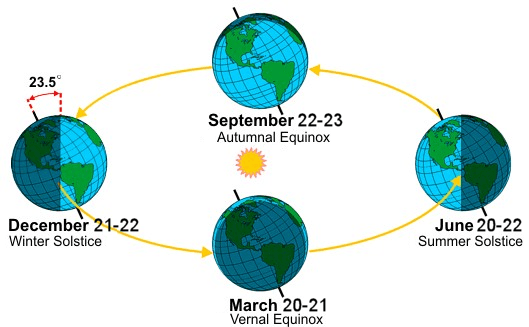
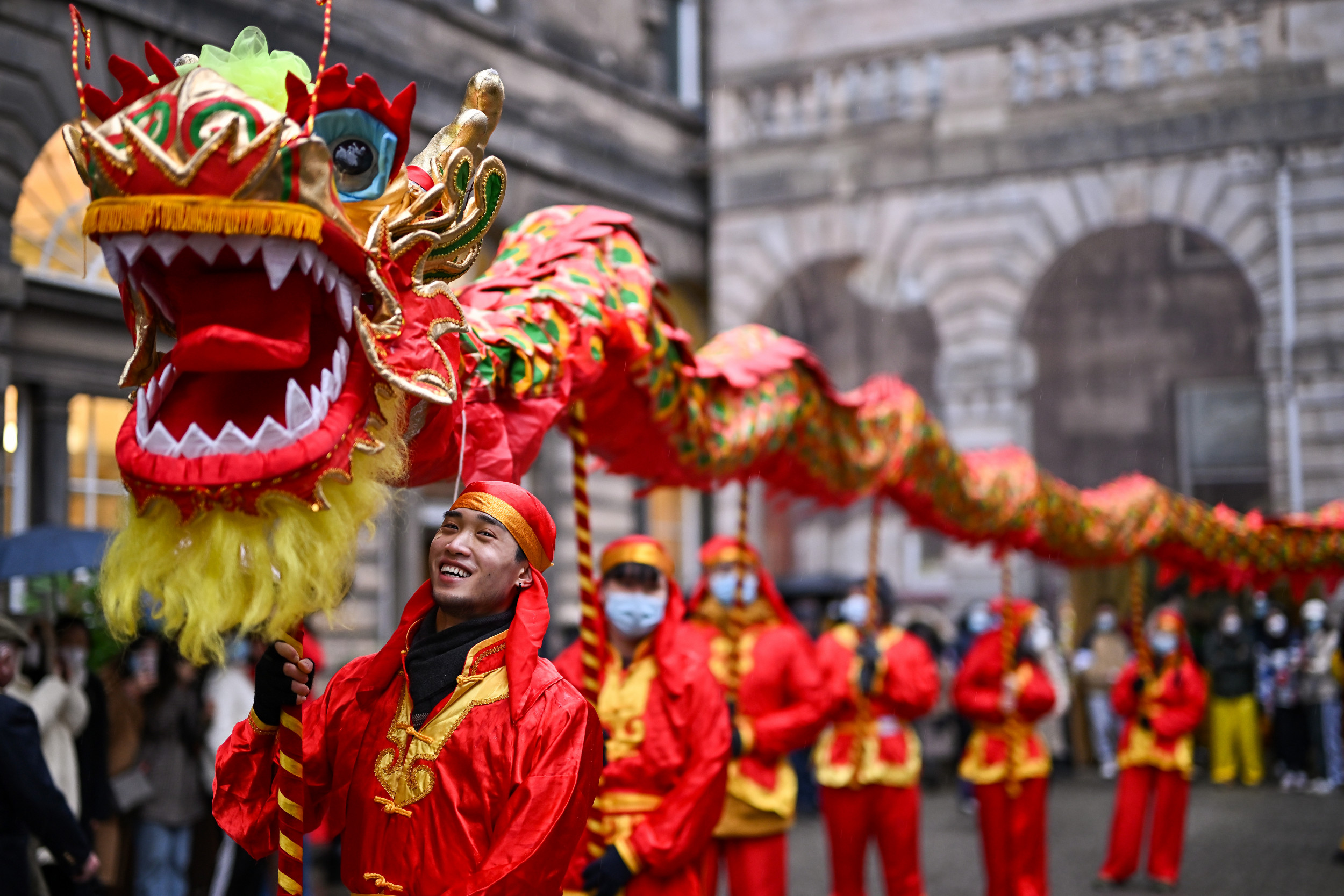
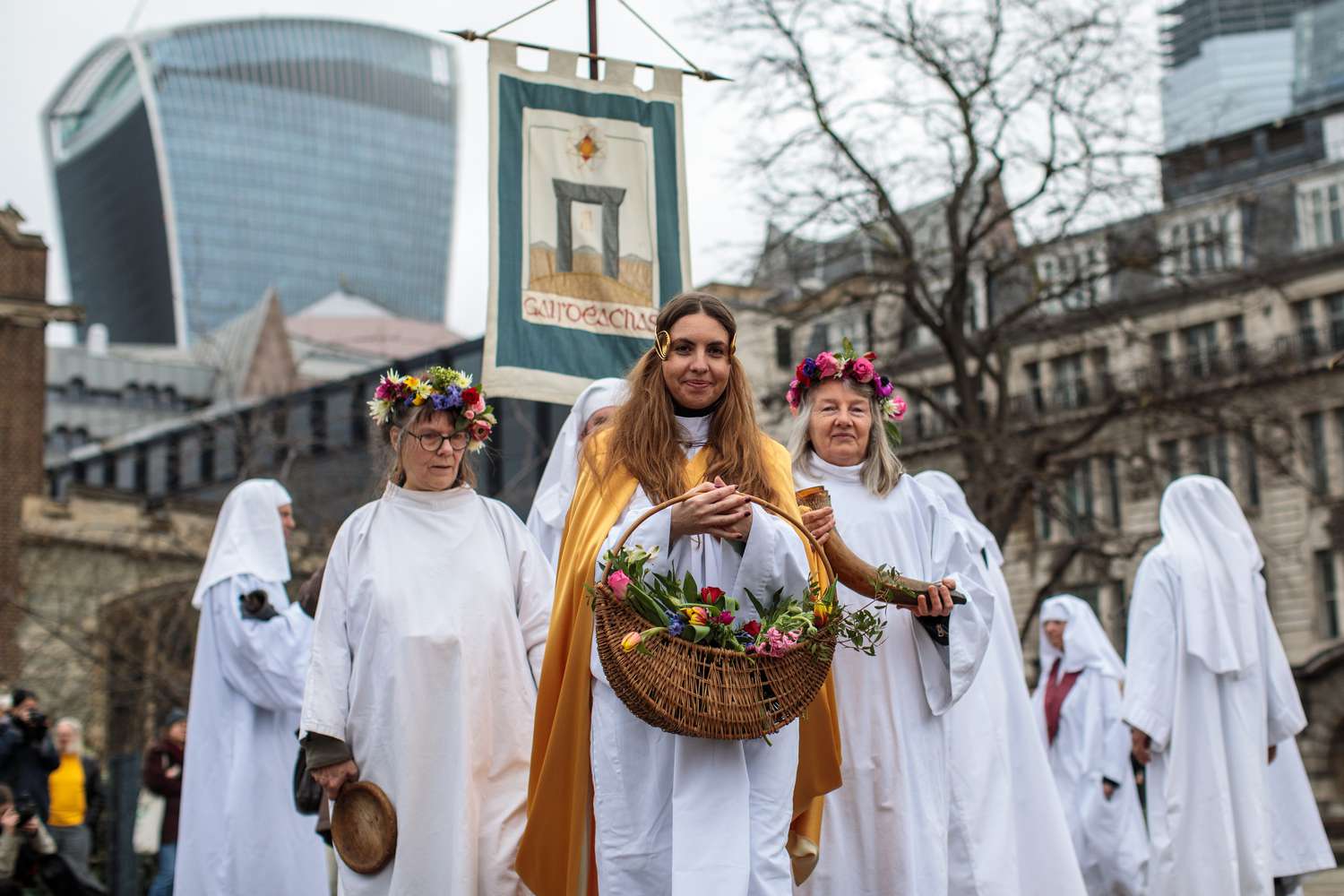




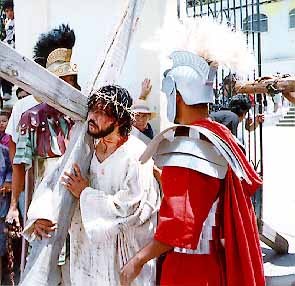
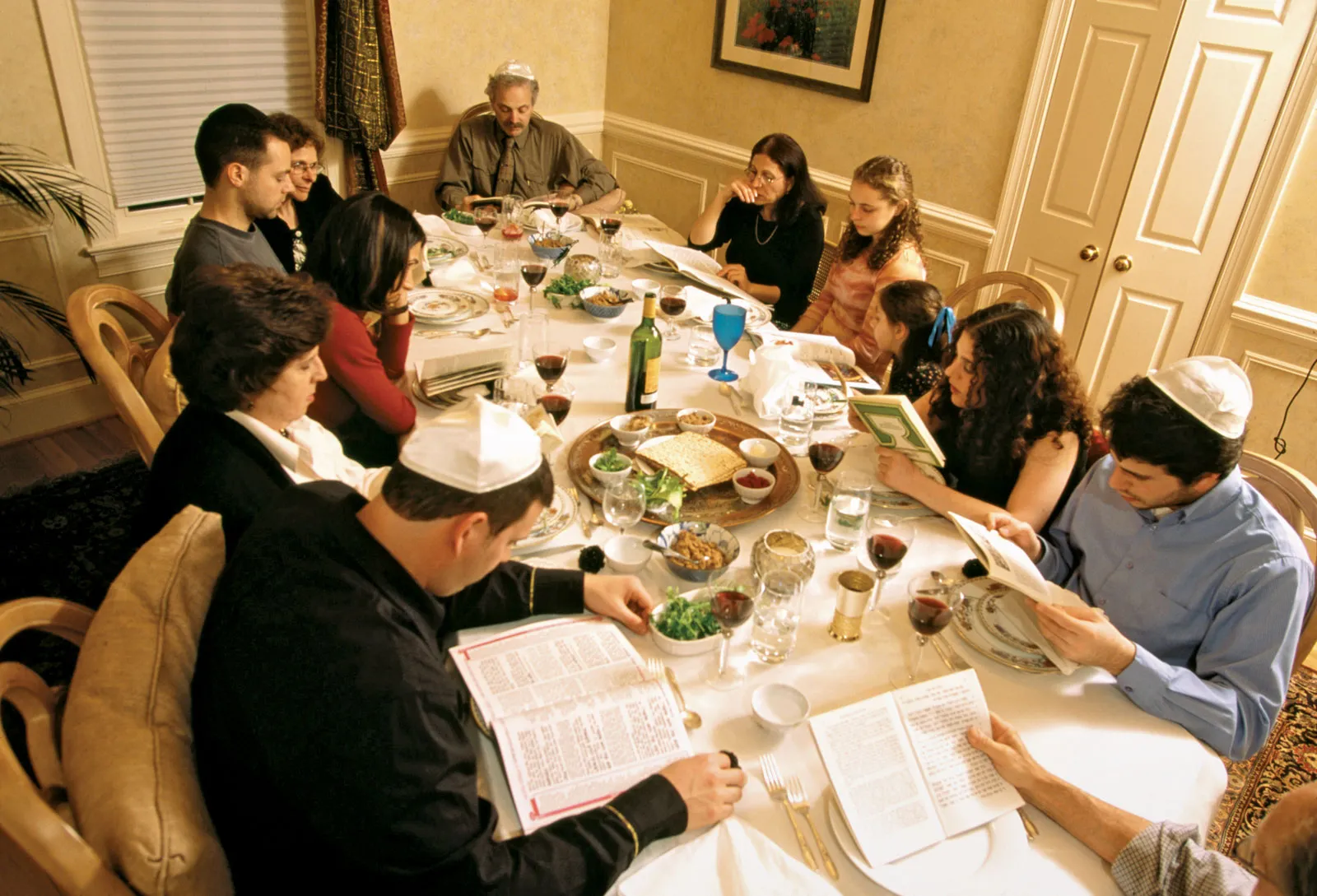
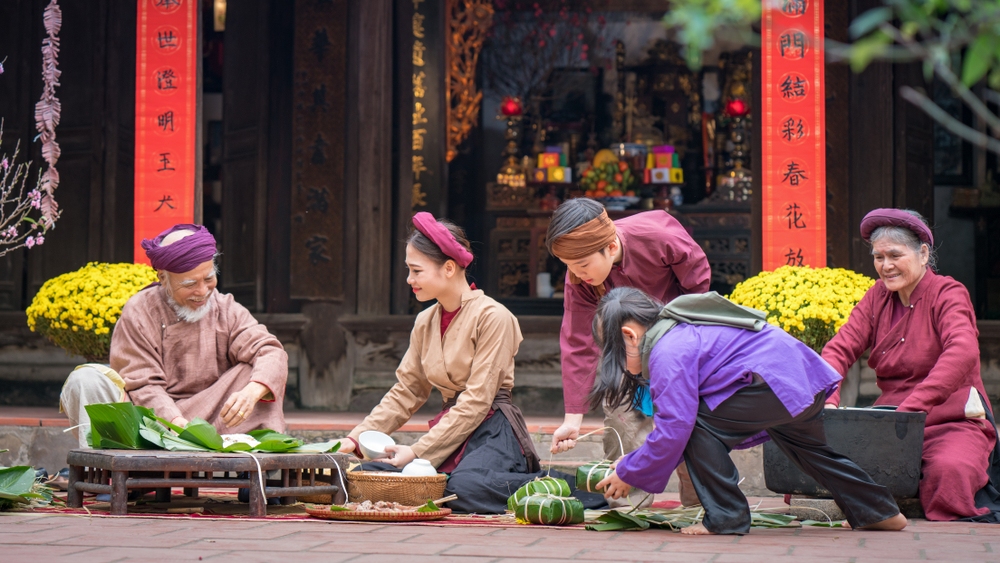
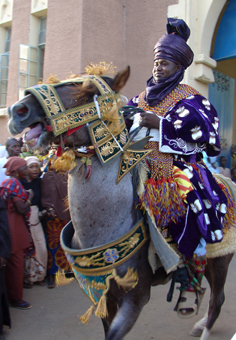
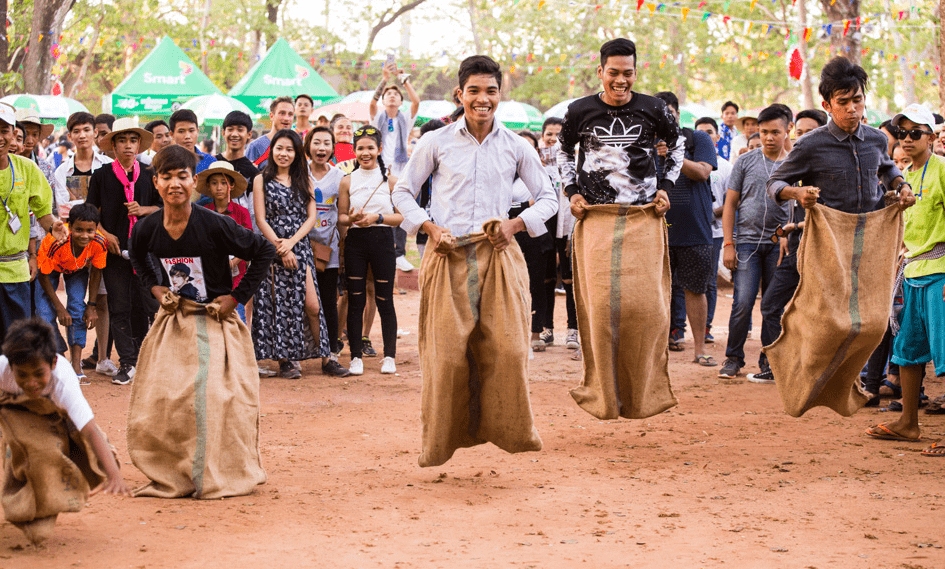

Add a comment to: Spring Celebrations Around the World